Home>Gardening & Outdoor>Landscaping Ideas>How To Get Rid Of Tall Fescue Grass In My Yard
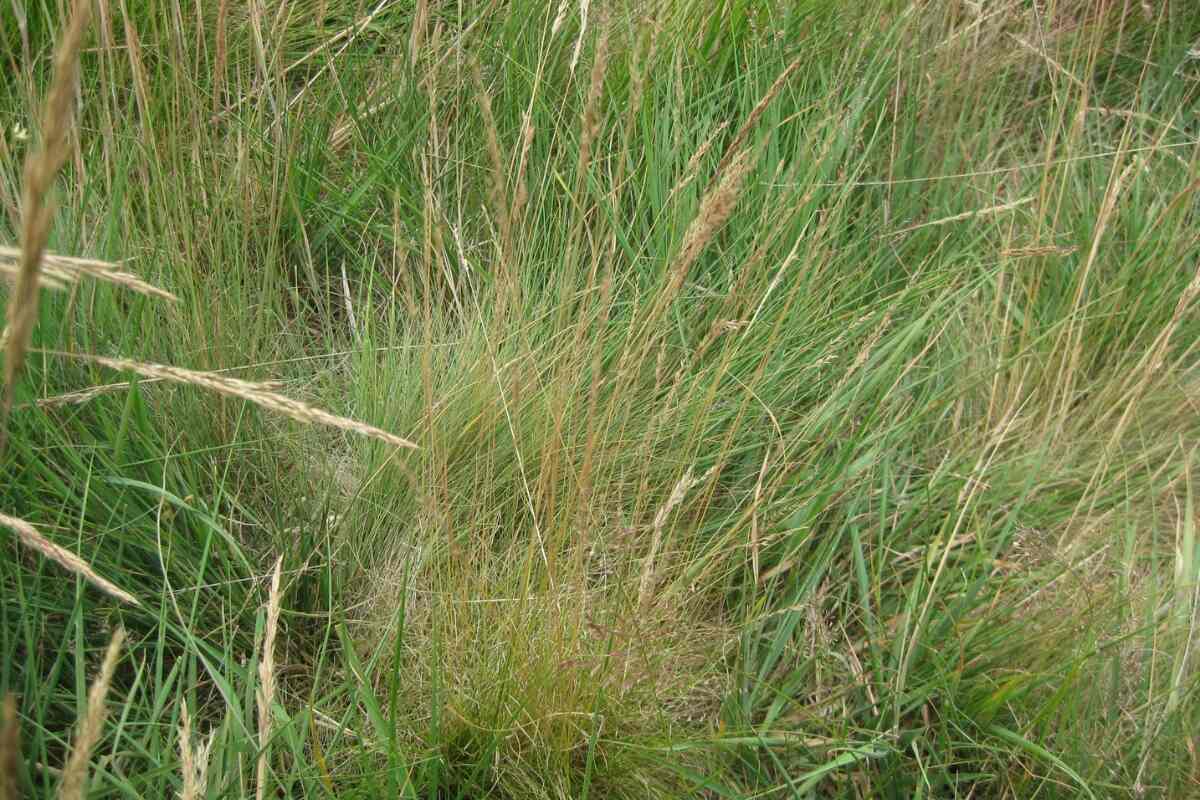

Landscaping Ideas
How To Get Rid Of Tall Fescue Grass In My Yard
Modified: March 24, 2024
Learn effective landscaping ideas to eliminate tall fescue grass from your yard. Discover practical tips for a lush, weed-free lawn.
(Many of the links in this article redirect to a specific reviewed product. Your purchase of these products through affiliate links helps to generate commission for Storables.com, at no extra cost. Learn more)
Introduction
Are you frustrated with the persistent presence of tall fescue grass in your yard? If so, you're not alone. This resilient grass species, known for its vigorous growth and ability to thrive in various conditions, can quickly become a nuisance for homeowners. However, understanding the nature of tall fescue grass and the most effective methods for its removal can help you reclaim the beauty of your yard.
In this comprehensive guide, we will delve into the characteristics of tall fescue grass and explore proven strategies for eradicating it from your lawn. Whether you opt for chemical control methods or prefer the hands-on approach of manual removal, we will provide you with the knowledge and insights needed to tackle this common landscaping challenge. Additionally, we will discuss preventive measures to minimize the re-growth of tall fescue grass, empowering you to maintain a lush and uniform lawn that enhances the aesthetic appeal of your property.
By the end of this article, you will be equipped with the expertise to bid farewell to unwanted tall fescue grass and cultivate a yard that reflects your vision of natural beauty and tranquility. Let's embark on this journey to transform your outdoor space and create an environment that exudes charm and elegance.
Key Takeaways:
- Say goodbye to tall fescue grass by choosing between targeted herbicides or hands-on removal methods. Prevent re-growth by overseeding and embracing proper lawn care practices for a lush, weed-free yard.
- Understand the resilience of tall fescue grass and employ effective removal methods to reclaim your yard’s beauty. Prevent re-growth with strategic overseeding and proactive lawn care for a visually captivating landscape.
Read more: How To Get Rid Of Tall Fescue Grass
Understanding Tall Fescue Grass
Before embarking on the journey to eliminate tall fescue grass from your yard, it’s essential to familiarize yourself with this resilient plant species. Tall fescue (Festuca arundinacea) is a cool-season grass that is valued for its durability and adaptability. It is known for its deep roots, which enable it to withstand drought conditions and compete with other grass species, making it a formidable presence in lawns and landscapes.
The distinctive features of tall fescue grass include its coarse texture and deep green color, which can create an appealing appearance when properly maintained. However, when it encroaches on areas where it is not desired, such as in meticulously manicured lawns or garden beds, it can detract from the overall aesthetic and disrupt the uniformity of the landscape.
One of the key characteristics of tall fescue grass is its extensive root system, which allows it to thrive in a variety of soil types and moisture levels. This resilience can make it challenging to eradicate once it has taken hold in your yard. Additionally, tall fescue grass is known for its rapid growth, which can lead to it outcompeting desired turfgrass species and dominating the landscape if left unchecked.
Understanding the growth habits and resilience of tall fescue grass is crucial for devising an effective removal strategy. By gaining insight into its growth patterns and environmental preferences, you can implement targeted methods to eliminate this persistent grass species from your yard, paving the way for a more cohesive and visually appealing landscape.
Methods for Removing Tall Fescue Grass
When it comes to reclaiming your yard from the clutches of tall fescue grass, several effective methods can be employed to eradicate this resilient plant species. Whether you prefer a hands-on approach or opt for chemical solutions, there are strategies suited to your preferences and the specific needs of your lawn. Let’s explore the most commonly utilized methods for removing tall fescue grass:
Chemical Control
Chemical herbicides can be a powerful tool for targeting and eliminating tall fescue grass from your lawn. Selective herbicides formulated specifically for grassy weed control can effectively suppress the growth of tall fescue while preserving desired turfgrass species. When using herbicides, it is essential to follow the application instructions carefully and consider factors such as environmental impact and potential effects on surrounding vegetation.
Manual Removal
For those who prefer a more hands-on approach, manual removal of tall fescue grass can be a viable option. This method involves physically uprooting the unwanted grass from the soil, either by hand or with the assistance of specialized tools such as a dethatching rake or sod cutter. While manual removal can be labor-intensive, it allows for precise targeting of tall fescue grass and minimizes the use of chemical agents in your yard.
Preventing Tall Fescue Grass Re-Growth
Once you have successfully removed tall fescue grass from your yard, it is crucial to implement preventive measures to inhibit its re-growth and resurgence. This may involve overseeding the treated areas with desirable turfgrass species to fill in any gaps and create a dense, uniform lawn that is less susceptible to weed encroachment. Additionally, maintaining proper lawn care practices, such as regular mowing, adequate watering, and appropriate fertilization, can contribute to the long-term suppression of tall fescue grass.
By combining these methods and tailoring them to the specific characteristics of your lawn, you can effectively combat the presence of tall fescue grass and restore the natural beauty and harmony of your outdoor space. With a strategic approach and a commitment to proactive lawn maintenance, you can overcome the challenges posed by unwanted grass species and cultivate a thriving, visually captivating landscape.
Chemical Control
Chemical control methods offer an efficient and targeted approach to managing tall fescue grass in your yard. By utilizing selective herbicides designed to suppress the growth of grassy weeds while safeguarding desirable turfgrass species, you can effectively combat the encroachment of tall fescue grass and restore the uniformity of your lawn. When implementing chemical control methods, it is essential to consider several key factors to ensure the safe and effective application of herbicides.
Selecting the Right Herbicide
Choosing the appropriate herbicide is crucial for successful tall fescue grass control. Selective herbicides that specifically target grassy weeds, such as those containing the active ingredient fenoxaprop-ethyl, can effectively inhibit the growth of tall fescue while minimizing the impact on desirable turfgrass species. It is advisable to consult with a knowledgeable garden center or extension service to identify the most suitable herbicide for your specific lawn and environmental conditions.
Application Guidelines
When applying herbicides for tall fescue grass control, it is imperative to adhere to the recommended application guidelines provided by the product manufacturer. This includes considering factors such as the optimal timing for application, appropriate dosage rates, and environmental conditions conducive to herbicidal activity. Additionally, exercising caution to prevent herbicide drift onto non-target vegetation and following safety precautions outlined on the product label are essential for responsible and effective application.
Read more: How To Get Rid Of Fescue Grass
Environmental Considerations
While herbicides can be valuable tools for managing tall fescue grass, it is important to be mindful of their potential impact on the surrounding environment. Choosing herbicides with lower environmental persistence and minimal off-target effects can help mitigate the ecological footprint of chemical control methods. Furthermore, integrating herbicide application with broader lawn care practices, such as proper watering and fertilization, can contribute to a healthy and resilient lawn that is less susceptible to weed encroachment.
By incorporating chemical control methods into your overall lawn management strategy, you can effectively address the presence of tall fescue grass and create an environment conducive to the flourishing of desired turfgrass species. With careful consideration of herbicide selection, application techniques, and environmental stewardship, you can harness the potential of chemical control to achieve a visually appealing and harmonious lawn that enhances the overall beauty of your property.
Manual Removal
For those who prefer a hands-on approach to managing tall fescue grass, manual removal presents a viable and environmentally friendly method for eradicating this persistent weed from the lawn. By physically uprooting the unwanted grass, homeowners can effectively target tall fescue and minimize the use of chemical herbicides, promoting a more natural and sustainable approach to weed control.
Tools and Techniques
Manual removal of tall fescue grass can be facilitated using a variety of tools and techniques tailored to the specific characteristics of the lawn. Hand pulling, while labor-intensive, allows for precise targeting of individual grass clumps and is particularly effective for smaller infestations. Alternatively, utilizing a dethatching rake or sod cutter can expedite the removal process for larger areas affected by tall fescue grass, helping to restore the uniformity of the lawn.
Thorough Root Removal
When engaging in manual removal, it is essential to ensure the thorough extraction of tall fescue grass, including its root system. This prevents regrowth and minimizes the potential for the weed to reestablish itself in the treated areas. By diligently addressing both the aboveground grass foliage and the underground root network, homeowners can significantly reduce the likelihood of tall fescue resurgence, contributing to the long-term success of manual removal efforts.
Read more: How To Get Rid Of Crabgrass In Yard
Environmental Benefits
Manual removal offers environmental benefits by reducing reliance on chemical herbicides and promoting a more sustainable approach to weed management. By embracing manual techniques, homeowners can contribute to a healthier and more ecologically balanced lawn environment, fostering the growth of desired turfgrass species while minimizing the impact on surrounding vegetation and ecosystems.
By incorporating manual removal into your weed management practices, you can take proactive steps to address the presence of tall fescue grass and restore the natural beauty of your lawn. Whether opting for hand pulling or utilizing specialized tools, manual removal empowers homeowners to play an active role in maintaining a visually appealing and environmentally conscious landscape.
Preventing Tall Fescue Grass Re-Growth
Successfully removing tall fescue grass from your yard is only part of the battle. To prevent its re-growth and ensure long-term control, it is essential to implement preventive measures that fortify your lawn against the resurgence of this resilient weed. By combining strategic approaches to overseeding, lawn care practices, and environmental stewardship, you can create an inhospitable environment for tall fescue grass, allowing desirable turfgrass species to thrive and flourish.
Overseeding with Desirable Turfgrass
Following the removal of tall fescue grass, overseeding the treated areas with desirable turfgrass species can help fill in any gaps and create a dense, uniform lawn that is less susceptible to weed encroachment. Selecting high-quality grass seed that is well-suited to your local climate and soil conditions can promote robust turf growth, effectively crowding out potential weed infestations and contributing to the overall health and vibrancy of your lawn.
Maintaining Proper Lawn Care Practices
Consistent and attentive lawn care practices play a pivotal role in preventing the re-establishment of tall fescue grass. Regular mowing at the appropriate height, adequate watering to promote deep root growth, and balanced fertilization tailored to the needs of your turfgrass species can bolster the resilience of your lawn and create an environment that is less conducive to weed growth. By nurturing the health and vitality of your turfgrass, you can minimize the opportunities for tall fescue grass to take hold and compete for resources.
Read more: What Is Tall Fescue Grass
Environmental Stewardship
Embracing environmentally conscious lawn management practices can further contribute to preventing tall fescue grass re-growth. This may include reducing excessive irrigation to discourage weed proliferation, implementing integrated pest management strategies to address potential weed threats, and fostering a biodiverse lawn ecosystem that supports beneficial organisms and natural competition against unwanted grass species.
By integrating these preventive measures into your lawn care regimen, you can fortify your yard against the re-growth of tall fescue grass and create an environment that promotes the flourishing of desired turfgrass species. With a proactive and holistic approach to weed management, you can sustain a visually captivating and resilient lawn that enhances the natural beauty and charm of your outdoor space.
Conclusion
As we conclude our exploration of removing tall fescue grass from your yard, it’s evident that this resilient weed presents a formidable challenge for homeowners seeking to maintain a lush and uniform lawn. By understanding the growth habits of tall fescue grass and implementing targeted removal methods, you can reclaim the beauty of your outdoor space and create an environment that reflects your vision of natural tranquility and harmony.
Whether you opt for chemical control methods to suppress the growth of tall fescue grass or prefer the hands-on approach of manual removal, there are strategies suited to your preferences and the specific needs of your lawn. Chemical herbicides offer an efficient and targeted solution, while manual removal provides an environmentally friendly alternative that empowers homeowners to play an active role in weed management.
Furthermore, preventing tall fescue grass re-growth is crucial for maintaining long-term control and promoting the flourishing of desired turfgrass species. Through overseeding with high-quality grass seed, embracing proper lawn care practices, and fostering environmental stewardship, you can create an inhospitable environment for tall fescue grass, allowing your lawn to thrive and flourish.
By combining these strategies and tailoring them to the unique characteristics of your lawn, you can overcome the challenges posed by unwanted grass species and cultivate a visually captivating and resilient landscape. With a strategic approach and a commitment to proactive lawn maintenance, you can transform your outdoor space into a haven of natural beauty and tranquility, free from the encroachment of tall fescue grass.
Armed with the knowledge and insights gained from this guide, you are well-equipped to embark on the journey of reclaiming your yard from the clutches of tall fescue grass. By implementing the methods outlined and embracing a proactive approach to weed management, you can create an environment that exudes charm, elegance, and the timeless allure of a well-tended lawn.
Frequently Asked Questions about How To Get Rid Of Tall Fescue Grass In My Yard
Was this page helpful?
At Storables.com, we guarantee accurate and reliable information. Our content, validated by Expert Board Contributors, is crafted following stringent Editorial Policies. We're committed to providing you with well-researched, expert-backed insights for all your informational needs.

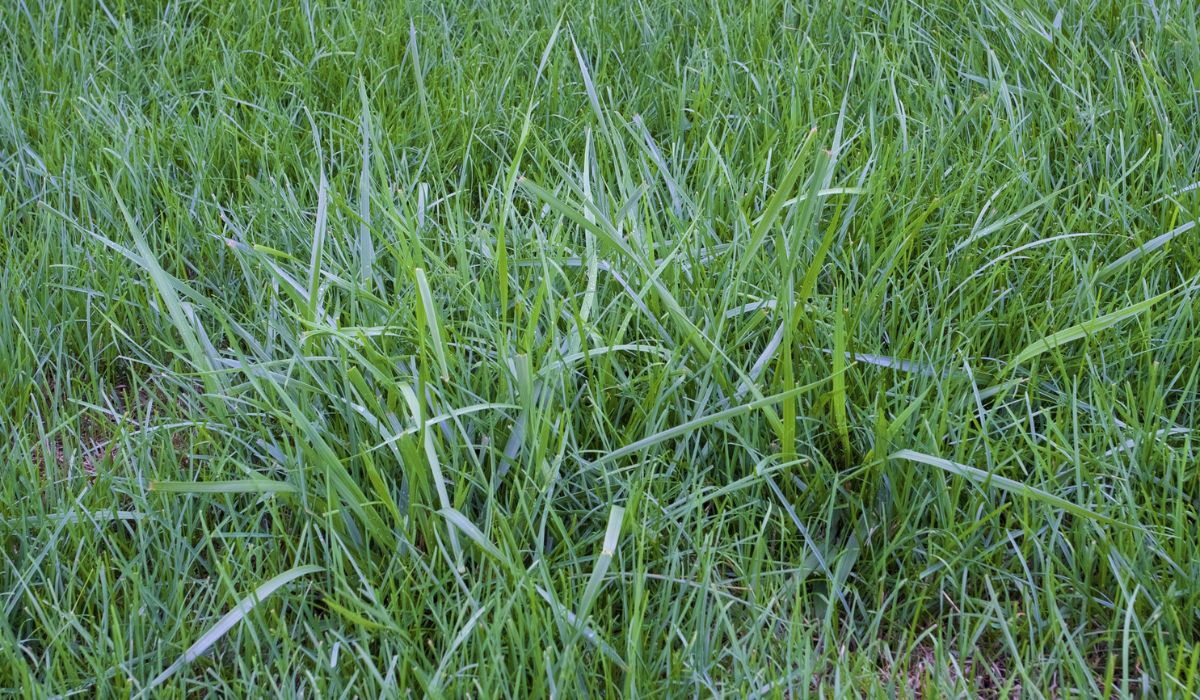
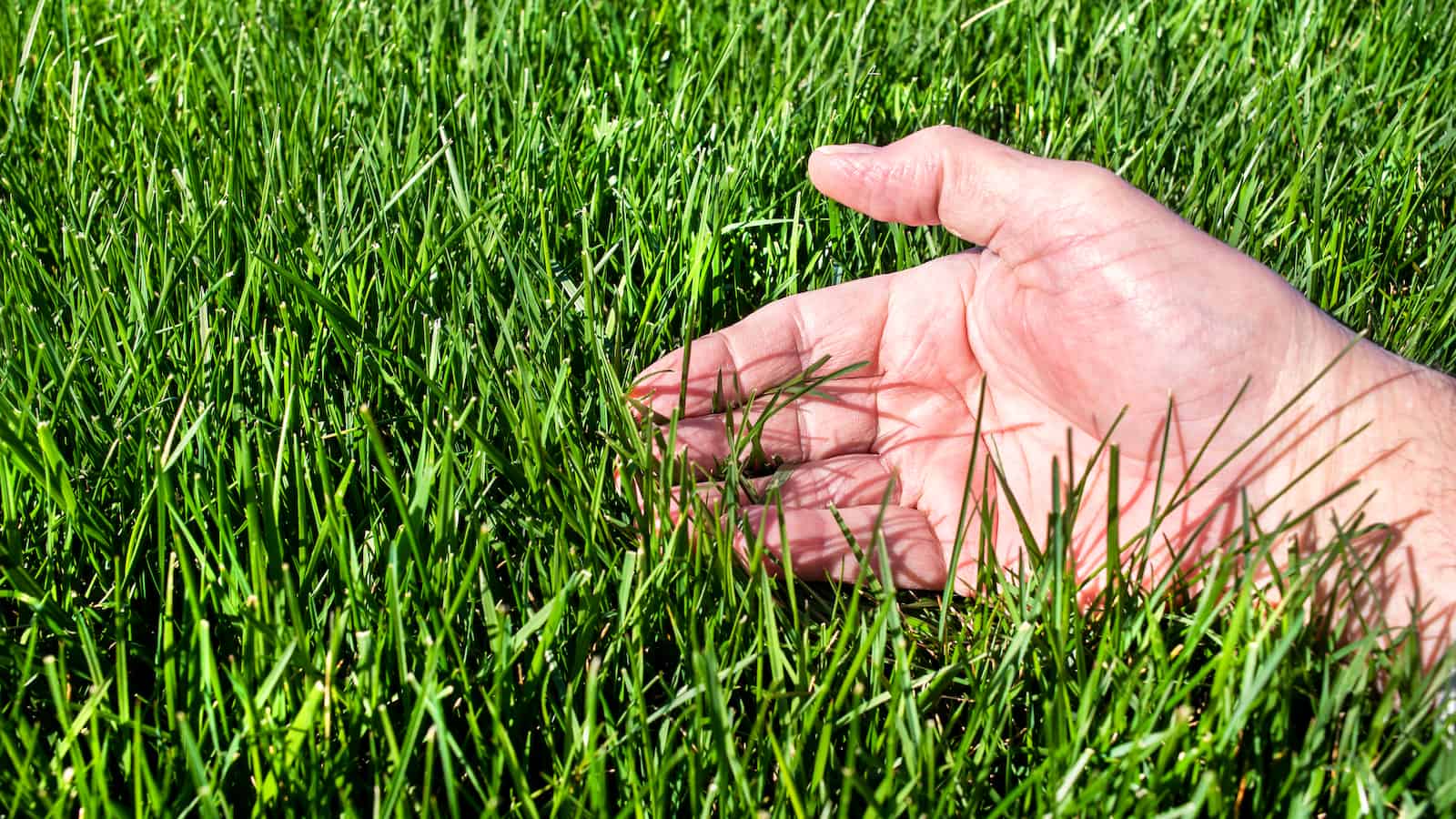
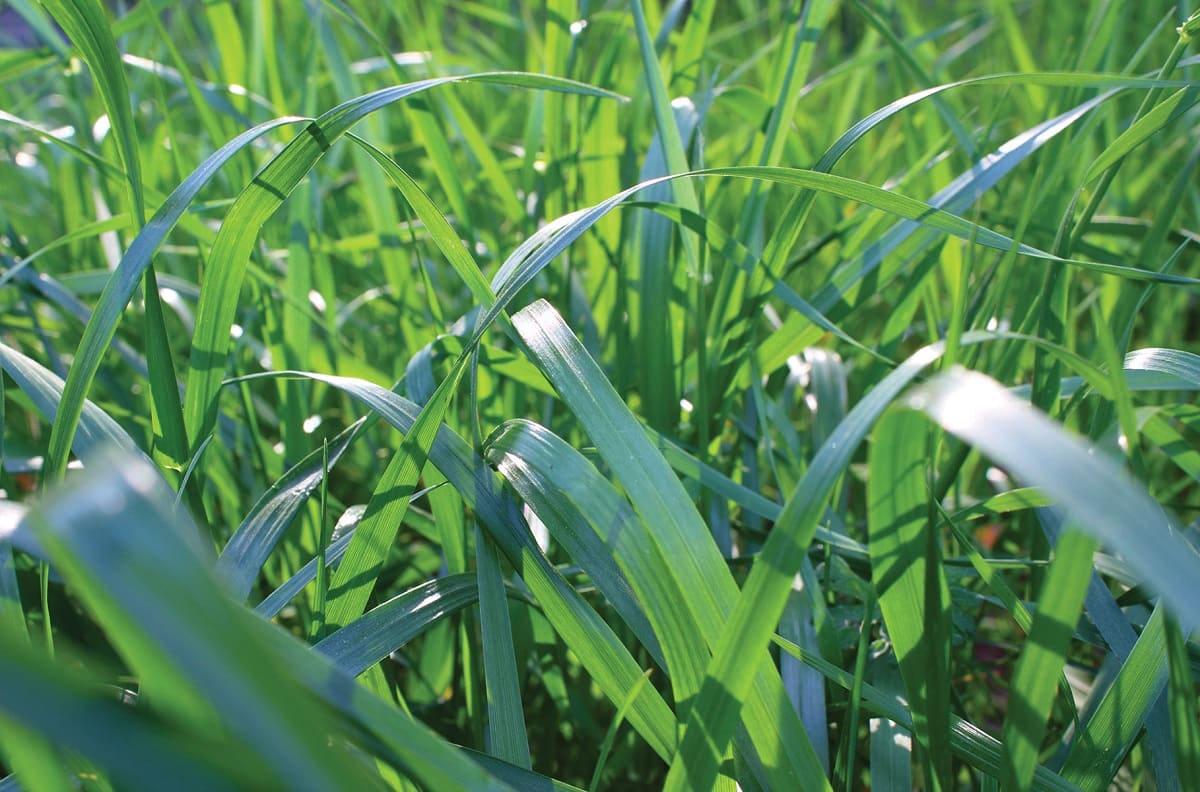
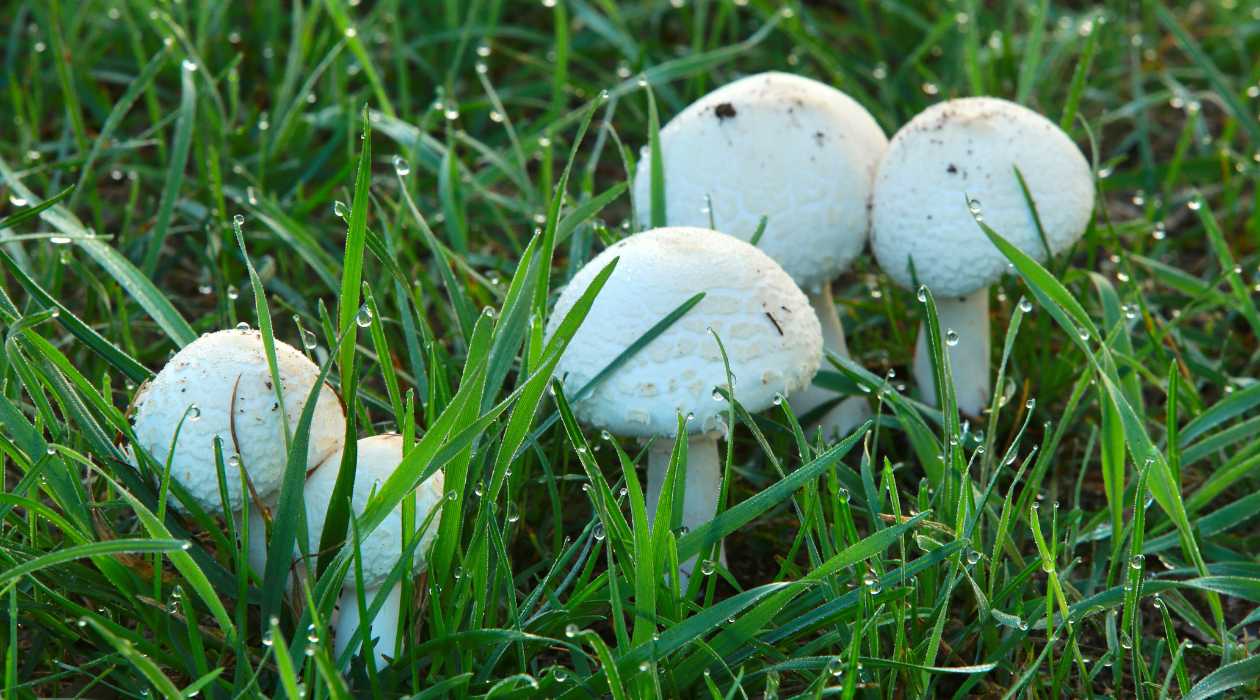
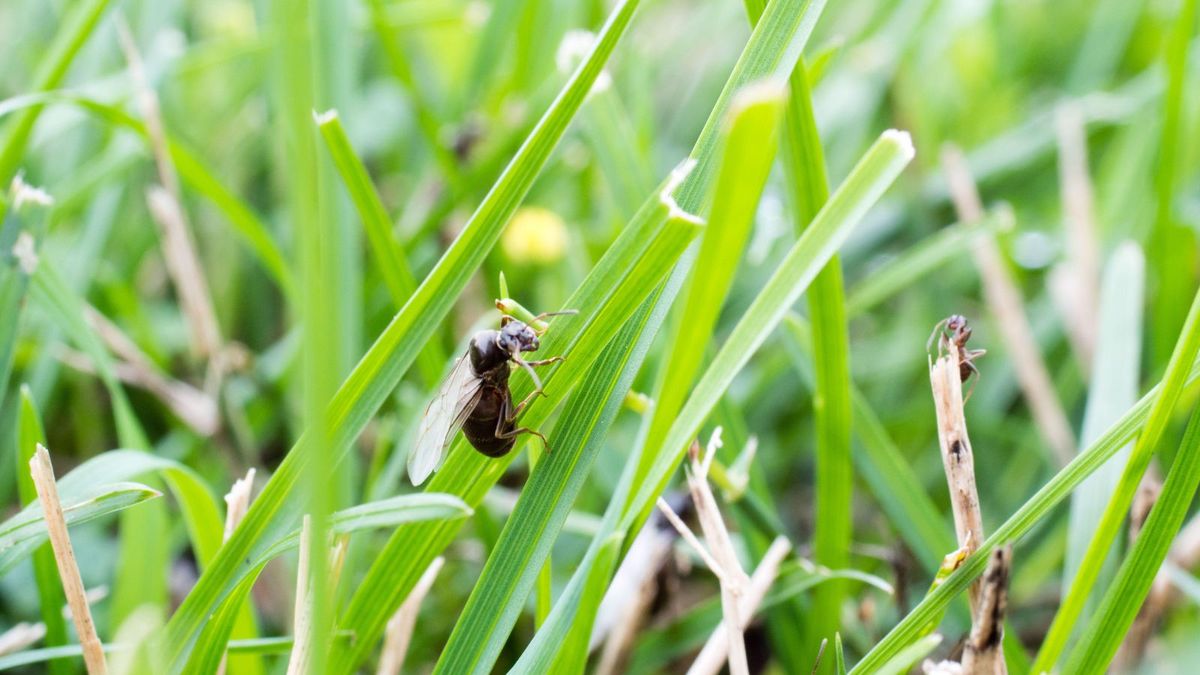
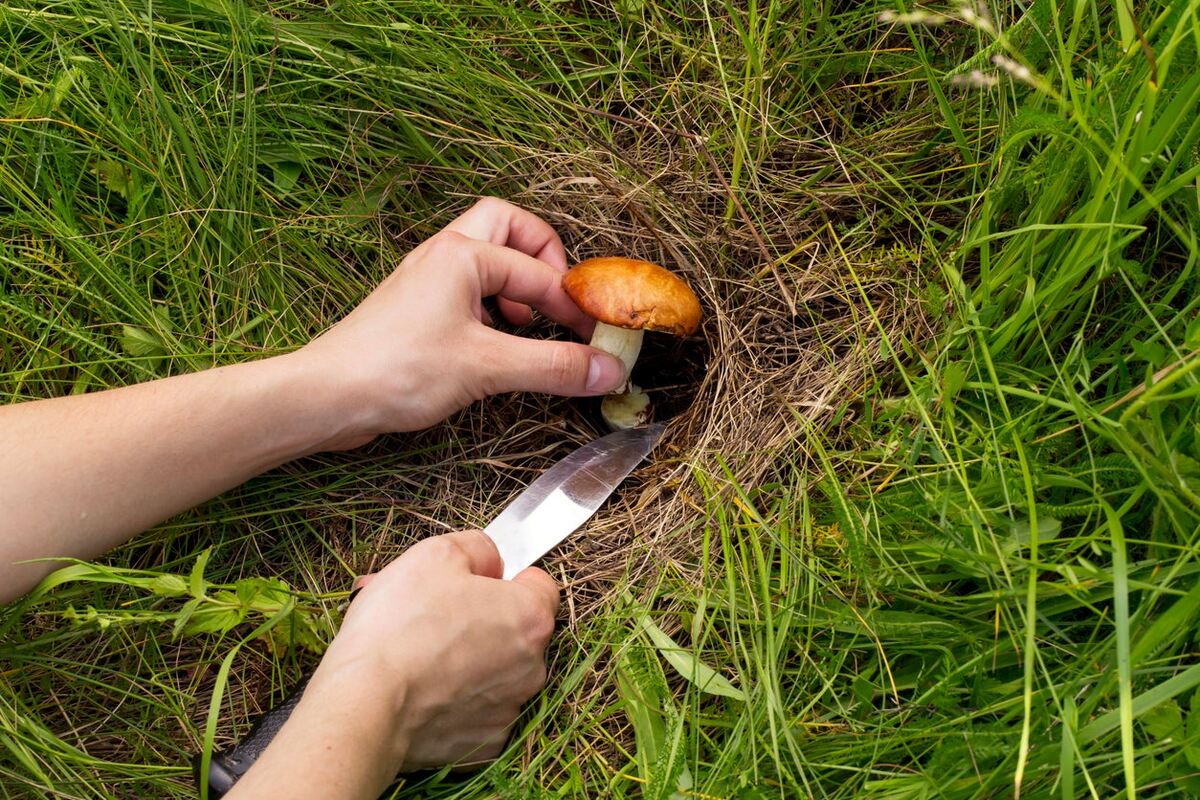
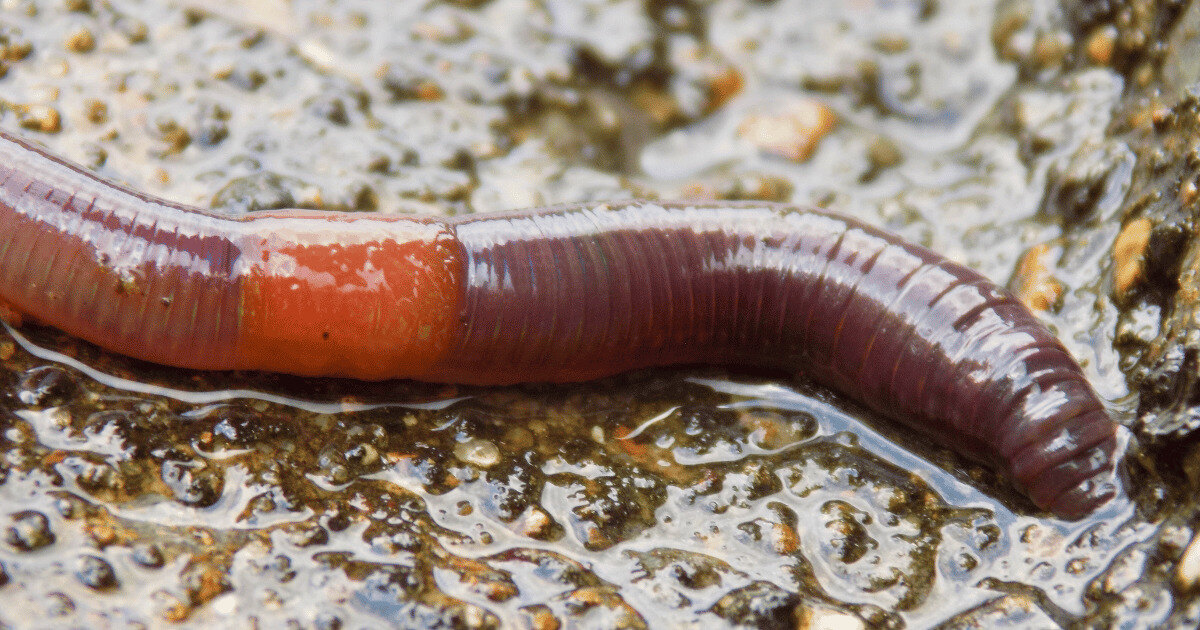
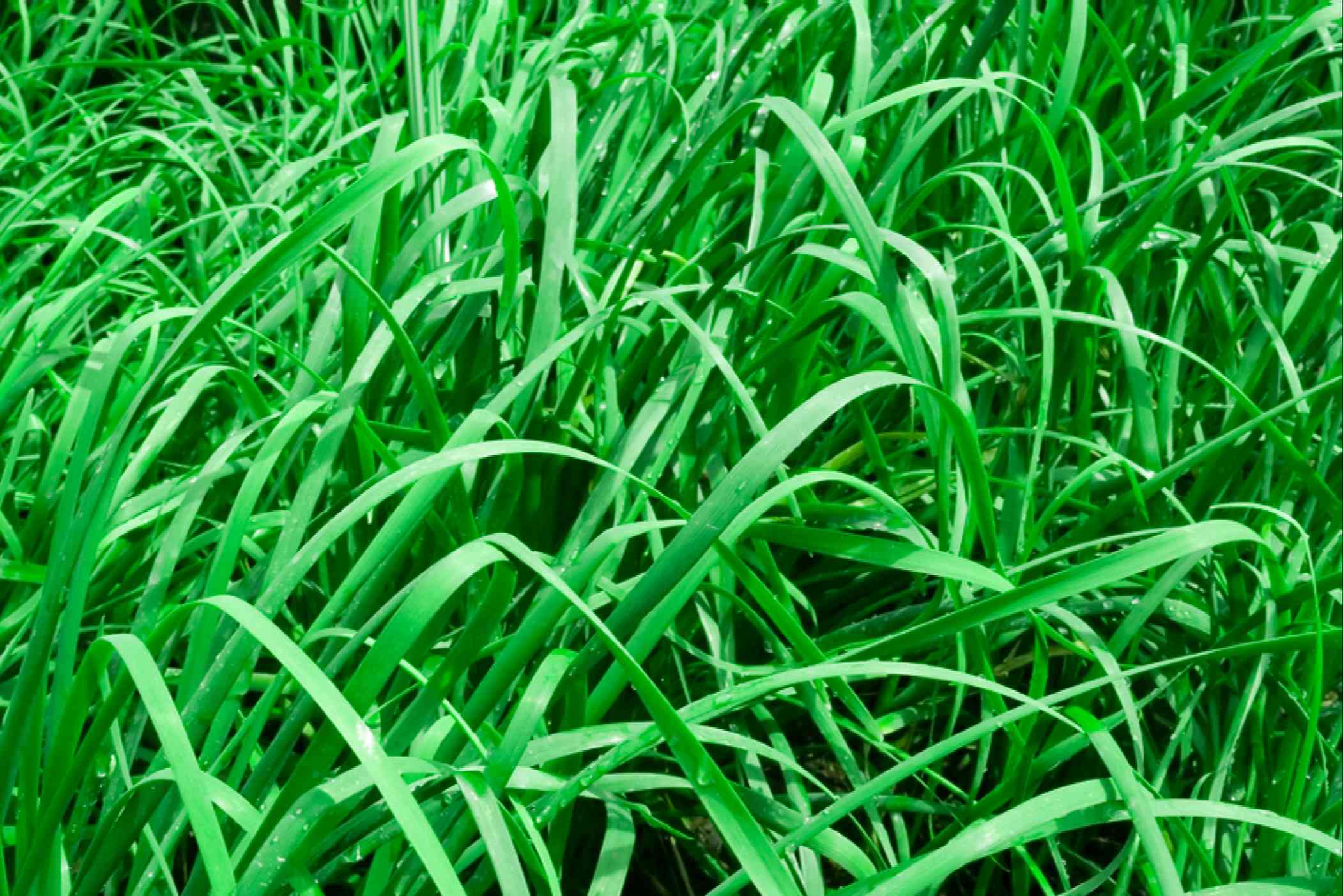
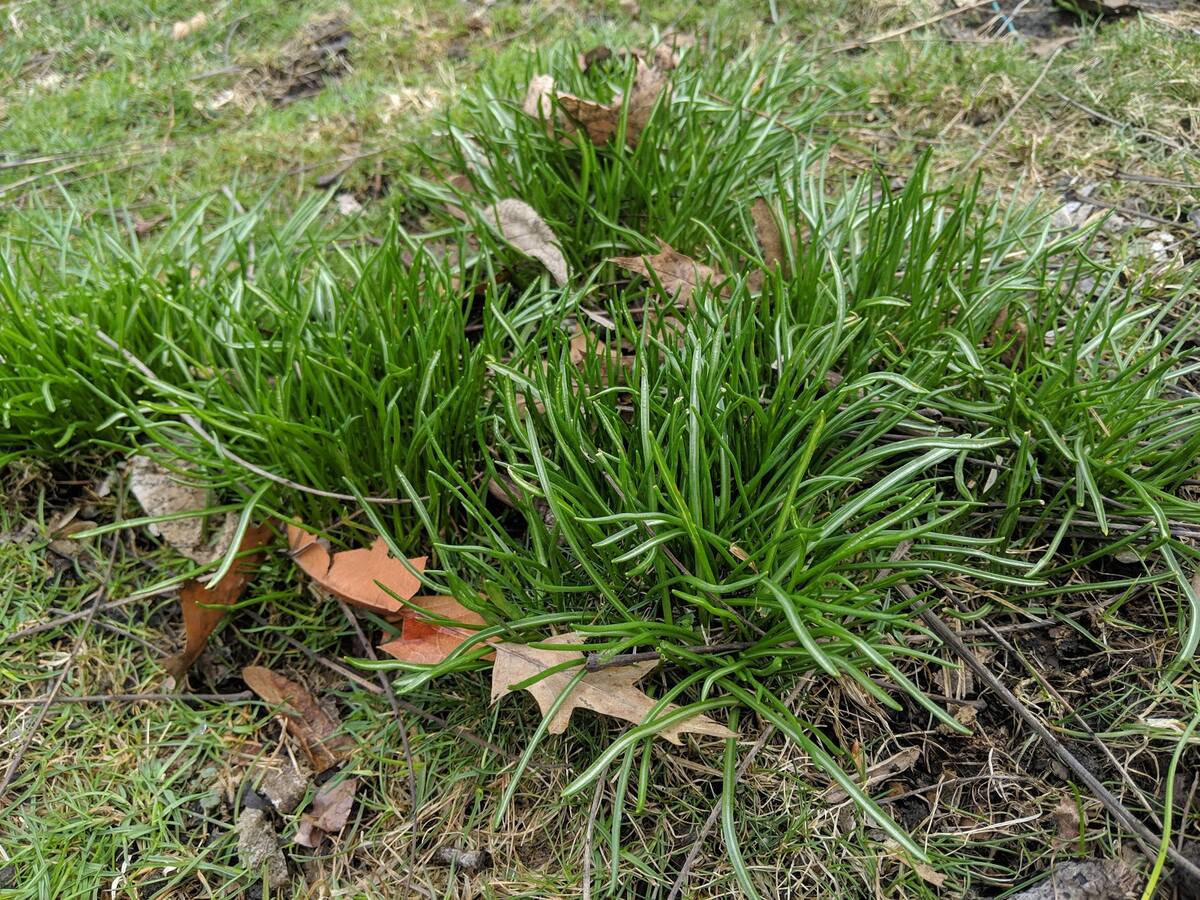


0 thoughts on “How To Get Rid Of Tall Fescue Grass In My Yard”